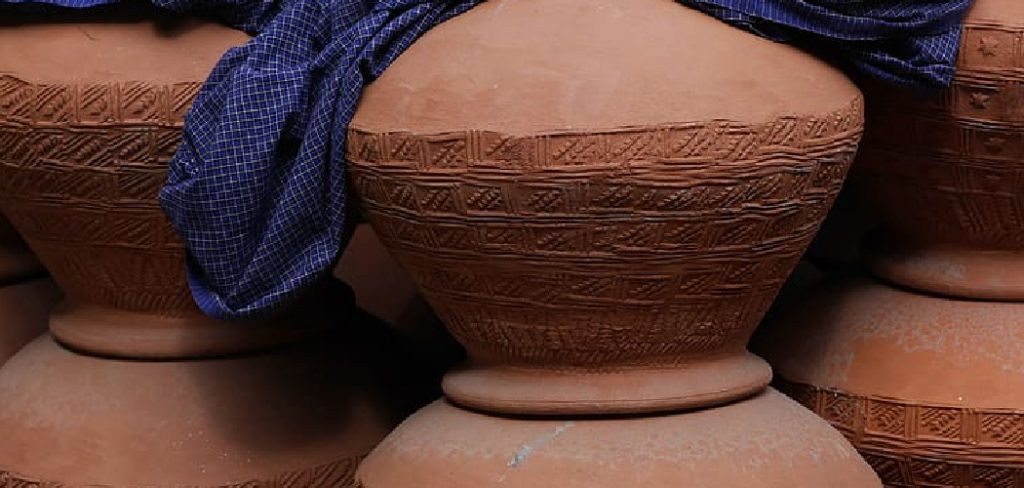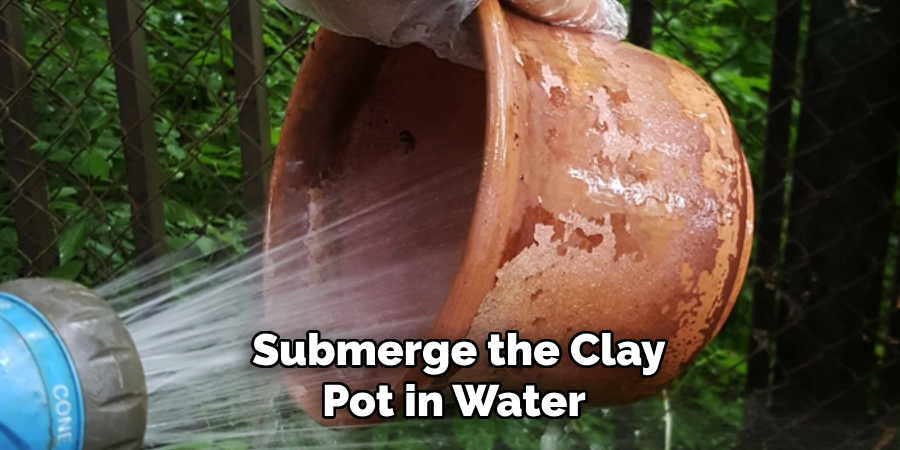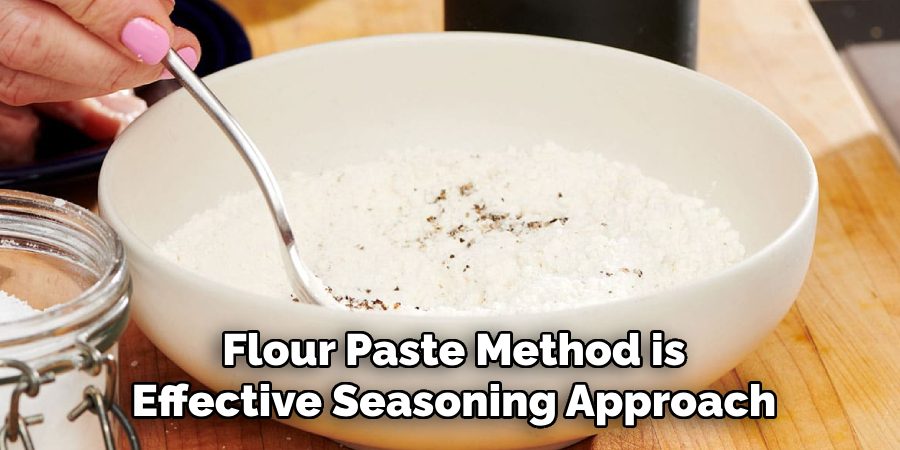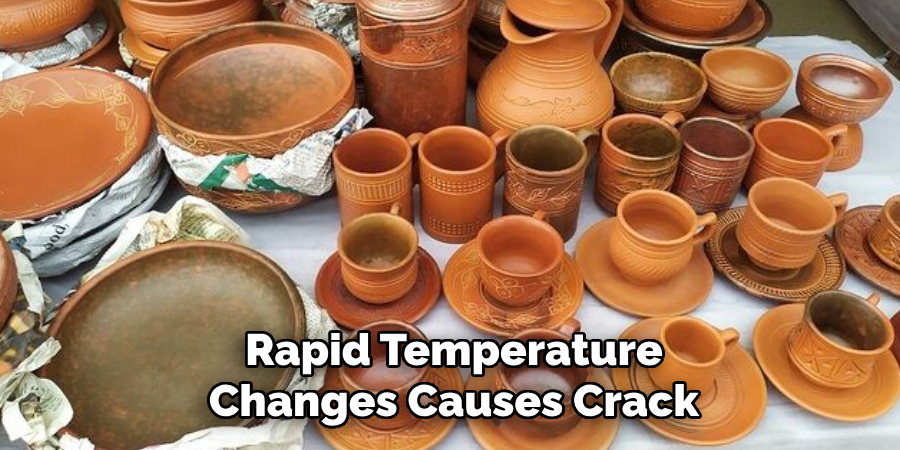Clay pots are traditional cookware cherished for enhancing flavors and retaining moisture during slow cooking. They have been used for centuries in various cultures, offering a natural and earthy way to prepare meals. However, before using a clay pot for the first time, it is crucial to season it properly. Seasoning a clay pot prepares it for use, strengthens its structure, and helps prevent cracking during cooking. This step also improves the pot’s durability, ensuring it lasts for years to come.

This guide will provide a clear and simple step-by-step approach on how to season clay pot effectively, so you can get the most out of this timeless cookware. With proper seasoning, your clay pot will become a reliable kitchen tool capable of delivering delicious and perfectly cooked meals.
Understanding Clay Pot Seasoning
Seasoning a clay pot is an essential process that prepares it for cooking and enhances its performance. But what exactly does seasoning mean? The seasoning process involves soaking the clay pot in water followed by gradually heating it. This strengthens the structure of the pot, making it more durable and less prone to cracking.
There are several key benefits to seasoning a clay pot. First, it helps prevent cracks that can occur from sudden temperature changes, ensuring your pot withstands the rigors of cooking. Additionally, seasoning improves the pot’s ability to retain moisture and heat, making it ideal for slow cooking and simmering. It also enhances the natural, earthy flavors of food prepared in the pot, adding a unique taste to dishes.
Not all clay cookware requires seasoning, but certain types do. Unglazed terracotta pots are the most common examples that benefit from this process. Similarly, partially glazed clay cookware may also need seasoning to ensure the unglazed portions are adequately prepared. By understanding the process and its benefits, you can ensure your clay pot is ready to deliver exceptional results with every use.
Materials Needed for Seasoning
To properly season a new clay pot for optimal cooking performance, you will need a few essential items and optional extras for added durability.
Essential items:
- New Clay Pot and Lid: Ensure the pot is unglazed or partially glazed, as these types benefit most from seasoning.
- Room-temperature Water: Necessary for soaking the pot and preparing it for the seasoning process.
- Neutral Cooking Oil: Use vegetable oil or olive oil to create a protective layer inside the pot.
- Soft brush or cloth: For applying oil evenly across the surface and cleaning unglazed areas.
Optional items for extra seasoning:
- Rice Starch or Flour Paste: This mixture can be used to enhance the pot’s durability and further strengthen the clay, making it less prone to cracking during use.
Gathering these materials ensures that your clay cookware is well-prepared and ready to deliver exceptional cooking results for years to come.
How to Season Clay Pot Step-by-Step Guide
Step 1: Soaking the Clay Pot
Fully submerge the clay pot and its lid in room-temperature water. Ensure that the entire surface is covered, allowing the clay to absorb moisture evenly. Leave the pot to soak for 12 to 24 hours. This process helps strengthen the clay, reducing the risk of cracks during future use. Once the soaking time is complete, remove the pot and lid from the water and allow excess water to drip off naturally.

Step 2: Drying the Pot
After soaking, allow the clay pot to air-dry for a few hours. Place it in a well-ventilated area to ensure even drying. Do not attempt to speed up this process using heat sources like ovens, stoves, or direct sunlight, as rapid drying may cause cracking or warping of the clay.
Step 3: Applying Oil for Extra Protection
Once the pot is dry, lightly coat its interior with a thin layer of oil—vegetable oil or any neutral oil works well. This creates an additional protective layer that enhances the pot’s resistance to wear and tear. Use a soft cloth or brush to evenly distribute the oil, ensuring no area is left untreated.
Step 4: Baking the Pot
Place the oiled clay pot and its lid in a cold oven to prevent sudden temperature changes that could cause the clay to crack. Gradually increase the oven’s temperature to 350°F (175°C) and bake the pot for 30 to 60 minutes. This step helps set the oil and further strengthens the clay. Once baking is complete, allow the pot to cool completely before removing it from the oven.
Alternative Seasoning Methods
While the oil seasoning method is effective, there are other traditional ways to season clay pots that can also enhance their durability and improve their performance in cooking. Here are two alternative seasoning methods:
Rice Starch Method
This method utilizes rice starch to create a natural protective layer inside the clay pot. Start by boiling rice with an excess amount of water directly in the pot. Stir occasionally to prevent the rice from sticking, allowing the water to extract starch as it cooks. Once the mixture thickens and becomes cloudy, remove it from heat and allow it to cool completely. Discard the rice starch mixture and rinse the pot thoroughly with clean water. This process not only helps seal the porous surface but also reduces the likelihood of cracks when the pot is exposed to heat.
Flour Paste Method
The flour paste method is another effective seasoning approach, using simple ingredients often found in every kitchen. Create a paste by mixing all-purpose flour with water until it reaches a smooth consistency. Apply the paste evenly across the interior surface of the pot, ensuring full coverage. Allow the paste to dry naturally, which will form a thin layer that enhances the pot’s integrity. Once dry, rinse the pot with water to remove any residual paste before its first use. This method provides a protective coating and helps condition the pot for safe, long-term cooking applications.

Both methods are time-tested alternatives that cater to different preferences and needs for seasoning clay cookware.
Caring for a Seasoned Clay Pot
Proper care of a seasoned clay pot ensures its durability and continued performance in your kitchen. Following these guidelines for cleaning, storage, and re-seasoning will help maintain the pot’s quality over time.
Cleaning
When cleaning a seasoned clay pot, always use warm water and a soft sponge to gently remove food residue. Avoid using soap or harsh cleaning chemicals, as these can strip away the seasoning layer and compromise the flavor of your dishes. For stubborn stains, a mixture of baking soda and water can be used to scrub gently. Additionally, never submerge a hot clay pot directly into cold water, as this sudden temperature change can cause cracking.
Storage
After cleaning, allow the clay pot to air dry completely to prevent the growth of mold or mildew. This step is particularly important if the pot will be stored for an extended period. Store it in a cool, dry place with the lid slightly ajar to allow air circulation, which helps maintain its integrity.

Re-seasoning
Over time, your clay pot may lose its seasoned finish or become dull with use. When this happens, simply repeat the seasoning process to restore its protective layer. Regular re-seasoning helps prolong the life of the clay pot and ensures it continues to perform well in your cooking endeavors.
Common Mistakes to Avoid
When using a clay pot, there are common mistakes that can significantly affect its longevity and performance. One of the most crucial missteps is skipping the soaking process prior to use. Clay pots are porous and need to be soaked in water before cooking to absorb moisture. This helps them withstand the heat and prevents cracking during use. Failing to soak the pot can cause extreme dryness, leading to fractures when exposed to high temperatures.
Another mistake is introducing high heat too quickly. Clay pots are not designed for rapid temperature changes, and doing so can result in thermal shock, causing the pot to crack or break. To avoid this, always begin cooking on low heat and gradually increase the temperature to allow the pot to warm up evenly.

Finally, washing the clay pot with detergent is a common error. The porous nature of clay means it can absorb chemicals or odors, compromising the seasoning and impacting the flavor of future dishes. Instead, clean the pot with warm water and a gentle scrubbing tool. Being mindful of these mistakes ensures your clay pot remains in excellent condition and continues to enhance your culinary creations for years to come.
Conclusion
Learning how to season clay pot is essential for maintaining its integrity and improving its performance. The process involves soaking the pot in water to hydrate it, thoroughly drying it, applying a thin layer of oil to its surface, and baking it to create a natural non-stick coating. Proper care, such as avoiding harsh detergents and abrupt temperature changes, will extend the life of your clay pot. By following these steps, you can enjoy the benefits of cooking with a seasoned clay pot, unlocking rich, robust flavors in your dishes while preserving this timeless kitchen tool for years to come.
Toby Rede is a professional potter focused on creating functional and artistic ceramics. His work blends natural textures with modern forms, often inspired by sustainable gardening and outdoor environments. Toby’s pottery emphasizes both utility and beauty, reflecting his philosophy of intentional craftsmanship. On the blog, he shares insights on integrating handmade objects into everyday life.
Education
- Associate Degree in Ceramic Technology, Alfred University
Professional Focus
- Pottery creation with a focus on functionality and artistic expression
- Techniques exploring texture, glazing, and sustainable materials
Professional Accomplishments
- Work featured in regional art shows and garden exhibitions
- Collaborations with local craft fairs and home decor shops

